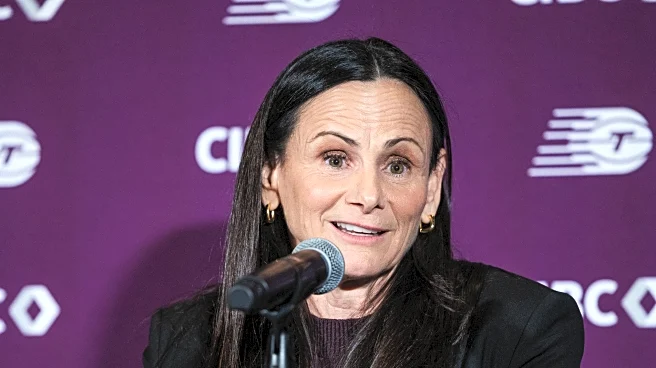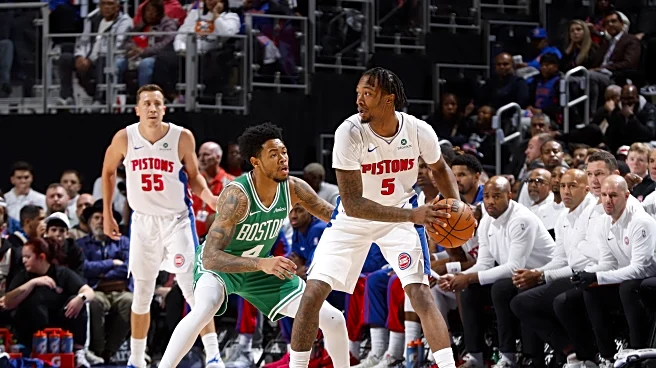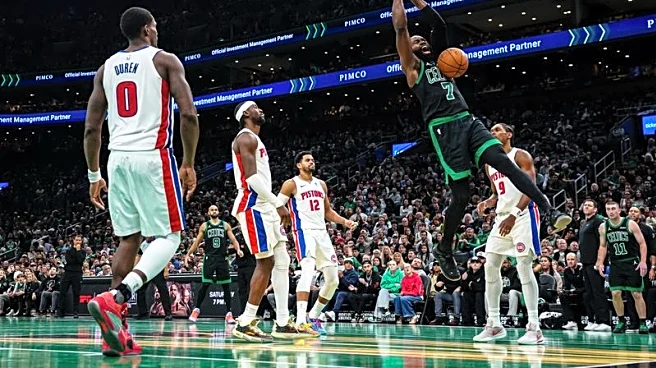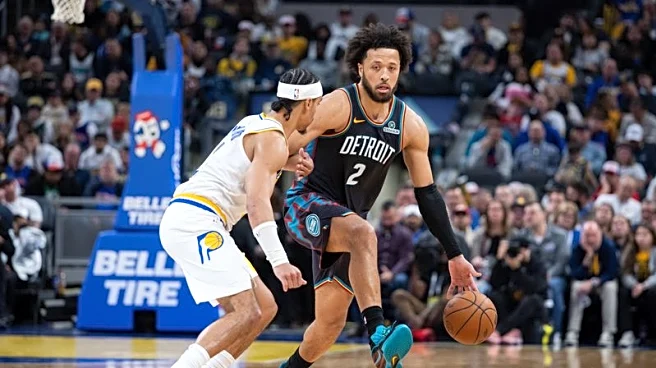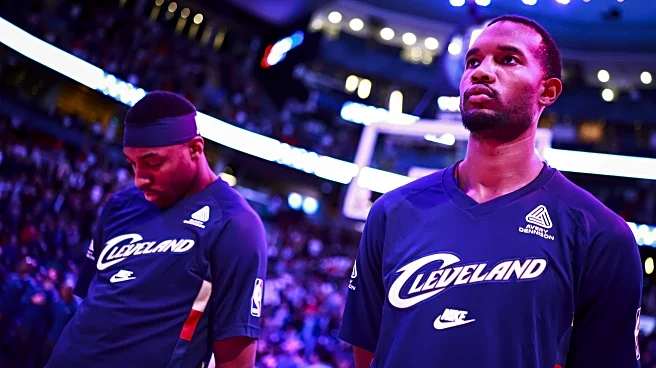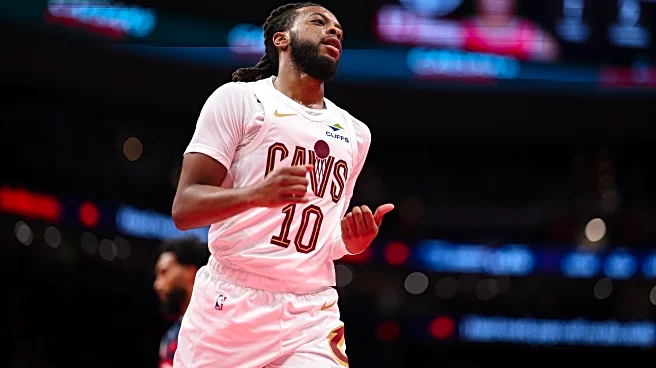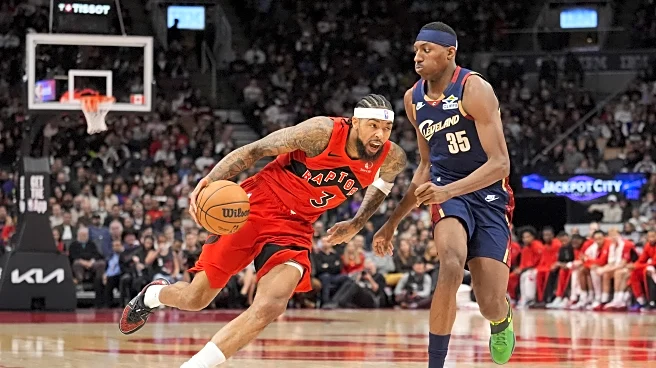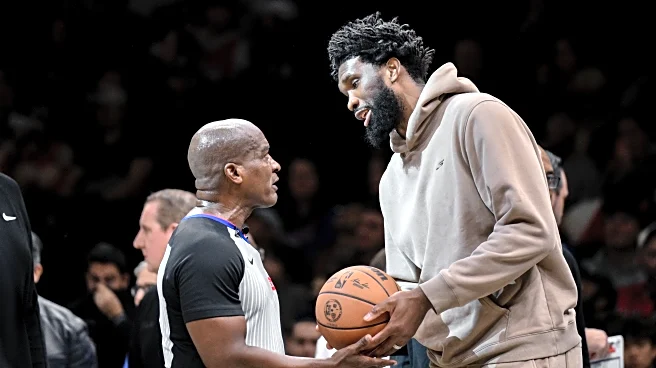The extended deadline for a new collective bargaining agreement (CBA) expires this Sunday, Nov. 30. Based on all indications, the WNBA and WNBPA will not be expressing gratitude for the other side for making
concessions, finding common ground and coming to terms on a new CBA this Thanksgiving weekend.
Instead, a stalemate that seems as crusty as day-old dressing persists, as both parties continue to leave the bargaining table unsatisfied.
After the WNBA trumpeted their revised proposal, with a headline that included a maximum player salary of more than $1.1 million, the WNBPA pushed back on the league’s positive spin, calling out that, through any credible accounting, no player was likely to approach that salary number.
ESPN spoke to players from around the league about the WNBA’s latest proposal and found few favorable responses, with one player calling it a “slap in the face” and another describing the state of negotiations as “frustrating.”
The updated proposal still fails to meet the players’ foremost demand: revenue sharing. Based on sourced reporting, ESPN deduced:
The union does not see the league’s proposal as including a system in which the salary cap and player salaries sufficiently grow with the business, a longstanding demand of the players since they opted out of the current CBA in October 2024.
Per ESPN, both sides have continued to exchange proposals over the past week, with meetings continuing through this week and up until Sunday’s deadline. The deadline also is unlikely to precipitate a dramatic, drop-dead moment, as negotiations could continue under the “status quo.” However, while the players are unlikely to open the season of giving by gift wrapping news of a strike to the league, and nor is the league likely to go full Ebenezer Scrooge and initiate a lockout, both scenarios could be possible if the sides do not agree to another extension.
Uncertainty, thus, likely will remain the prevailing sentiment for the WNBA and WNBPA this holiday season.
That is especially true for the league’s two expansion teams, the Portland Fire and Toronto Tempo.
While both teams now have head coaches who have begun to build out their coaching staffs—with Fire head coach Alex Sarama, who remains on the bench of the Cleveland Cavaliers, adding former Atlanta Hawks and Toronto Raptors staff member Brittni Donaldson and Tempo head coach Sandy Brondello revealing that German national team head coach Olaf Lange, who is also her husband, will be on her staff—both teams not only remain without players, but also remain without any sense of when they might have players.
According to ESPN, the new teams have learned “nothing” about when their expansion draft could be held, although both organizations are using the 2000 expansion draft, the last time there was a multi-team expansion draft, as a prospective model. In that case, existing teams likely would be allowed to protect five players, one less than they were allowed to protect for the Golden State Valkyries’ expansion draft last year.
The fact that an estimated 85 percent of the league are free agents, leaving most rosters bereft of under-contract players, complicates the expansion draft process. ESPN suggests that Portland and Toronto likely will be able to draft one free agent, although that stipulation is not set in stone. Drafting a free agent, however, could be a huge risk, as that player, if unrestricted, could sign with another team instead of Portland or Toronto.
For example, Brondello and the Tempo, theoretically, could draft Breanna Stewart, an unrestricted free agent, in hopes of pressuring Stewie to follow Brondello away from Brooklyn and north of the border. But Stewart would be free to say, “Thanks, but no thanks,” and choose to re-sign with the New York Liberty or another team. And in a recent conversation with Sarah Spain on her podcast, Good Game with Sarah Spain, Brondello made clear that she is not permitted to engage in back-channel recruiting of Stewie or any other player.
Yet Stewie, like all the many other free agents, doesn’t know when she’ll be putting pen to paper on a new, hopefully lucrative contract. The free agency negotiation period customarily begins the second week of January, with the window for signing contracts opening in February. As the CBA remains unsettled, it is likely that the free agency period will be compressed. According to ESPN’s conversations with sources around the league, an “extreme scenario” could see the expansion draft, free agency period and college draft occur in quick succession at the end of March and beginning of April.
In short, no one around the WNBA is preparing to settle in for a long winter’s nap. For now, certainty about the future of the league is only a dream that dances in the heads of league officials, owners, executives, coaches, support staff and players.
